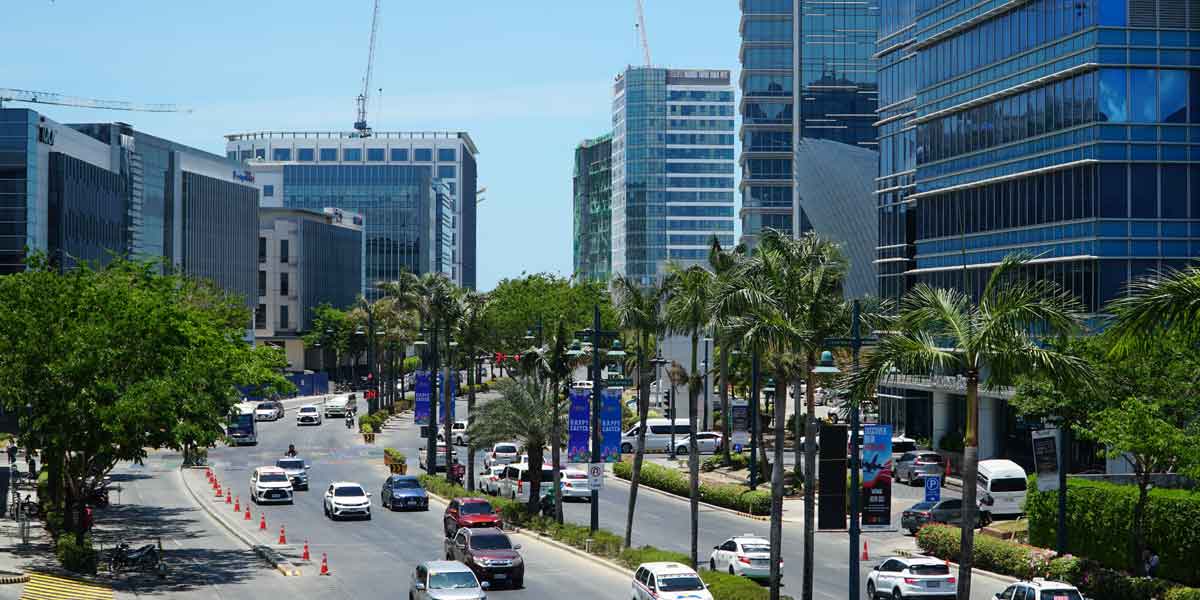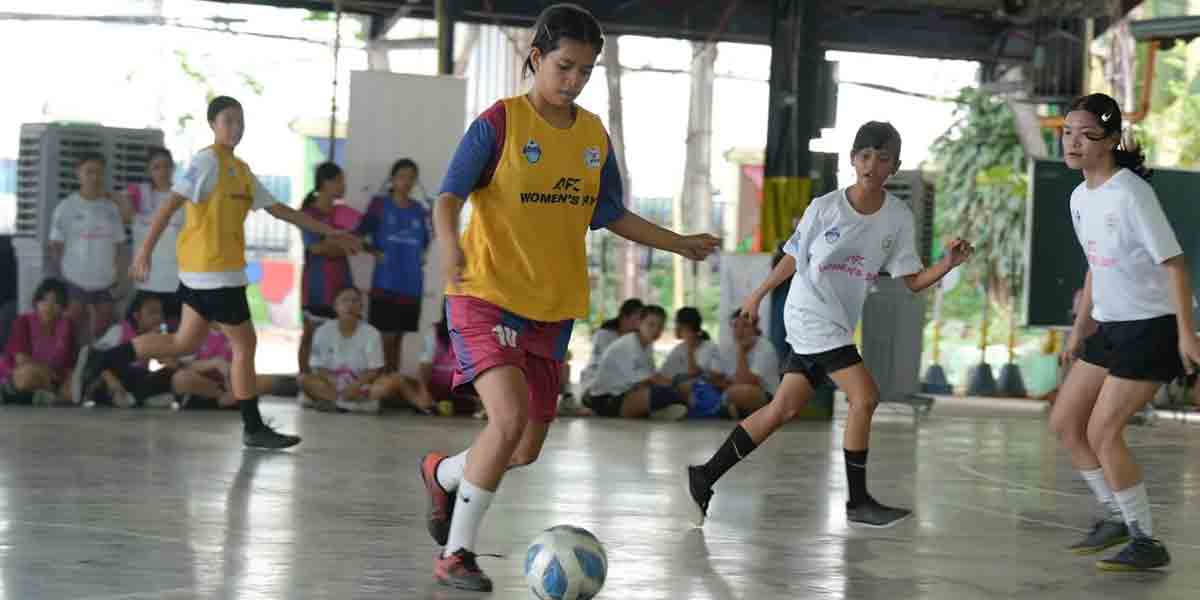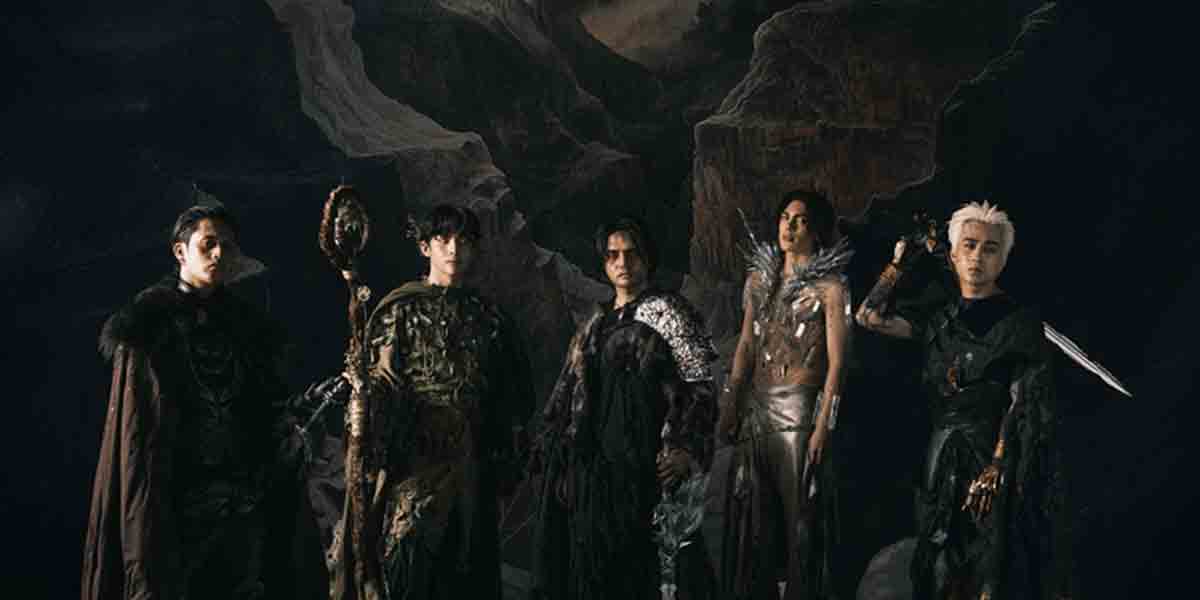By Herbert Vego
IN this corner last year, I disagreed with the popular perception that the annual Dinagyang Festival every fourth Sunday of January has religious value. Until now I believe that, its religious pretension notwithstanding, it lures foreign and local and local tourists who want to enjoy its cultural presentations.
This time, at the risk of being called “a voice in the wilderness,” may I prove why it deserves to be stripped of historical value?
First, it is intended to be seen also by non-Catholic Christians, Muslims, Buddhists, Hindus and even atheists, among others.
It distorts history through doubtful “re-enactments” of alleged tribal wars among the Aetas or our Ati aborigines who eventually reconcile in the name of the Santo Niño, which resonates with the warriors raising its image while chanting. “Viva Señor Santo Niño!”
If as publicized that nugget of history happened in the 13th-century, it could not be true; hence, a fake history.
Isn’t it a sin to tell a lie?
From what we have learned in the grade school, the black Aetas did not make war; they made peace with the anchoring 10 Bornean datus – Puti, Sumakwel, Paiburong, Bangkaya, Parohinog, Lubay, Dumangsil, Dumangsol, Dumalugdog and Balensuela — who had sailed on boats all the way from Borneo to Siwaragan River near the present town of San Joaquin, Iloilo; and then moved on to what is now barangay Malandog in San Jose, Antique.
The natives of that time (which historians estimate to be in the year 1212) could not have embraced Christianity; they could not have chanted “Viva Senor Santo Nino!” because they were still 309 years ahead of the introduction of Christianity in the Philippines in 1521 through Ferdinand Magellan.
Ironically, the meek wandering Aetas of today are not even beneficiaries of the festival that exploits their culture.
Even the Office of Southern Cultural Communities that the late President Cory Aquino created to look after them has faded away.
Dinagyang is a take-off from the Kalibo Ati-atihan. Kalibo is short for “isa ka libo” in honor of 1,000 native “Indios” who were herded by the Spanish friars against their will to undergo mass baptism on the third Sunday of January 1569.
As to how Dinagyang evolved from a purely religious activity to a cultural event, it all began in November 1967 when Fr. Ambrosio Galindez, a Roman Catholic parish priest, introduced the devotion to Santo Niño. The following year, a replica of the original image of the Santo Niño de Cebu found a home at Fr. Galindez’s Parish of San Jose. The faithful worked with the priest in organizing the first Iloilo Ati-Atihan patterned after Aklan’s Ati-Atihan, where natives danced in the streets, their bodies covered with soot and ashes, to simulate the Atis dancing to celebrate the barter of Panay.
In 1977 when the country was still under martial law, President Ferdinand Marcos ordered the various regions of the Philippines to come up with festivals or celebrations that could boost tourism.
The Iloilo City government under Mayor Zafiro Ledesma launched a search for a new name to replace “Iloilo Ati-Atihan,” preparatory to taking over its management from the San Jose parish.
The entry submitted by Ilonggo writer/broadcaster Pacifico “Picoy” Sudario, “Dinagyang” – which means “merry-making” – won the search.
Incidentally, the late Picoy was not a Roman Catholic but a Jejovah’s Witness until his death in 1989.
















